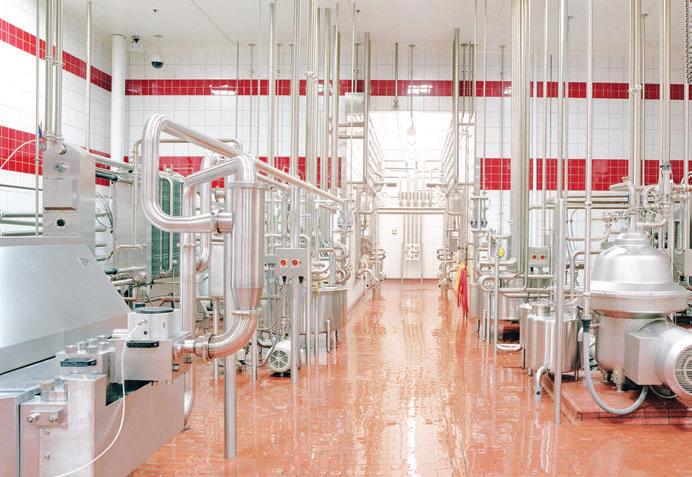
1 minute read
IN THE ZONE: Today’s Strategies Hygienic Plant
A facility built with sanitary design in mind can help manufacturers meet food safety goals, while an eye on ever-changing industry trends ensures that program stays successful.
FOOD SAFETY IS THE CORNERSTONE of any thriving food processing operation—without it, a company can lose the trust of customers and go out of business faster than it took to build the brand. While the focus of food safety has often been on employees and processing lines where food is manufactured, a bird’s-eye view can reveal the building itself—floors, walls, ceilings, and more—is also crucial to the success or failure of a food safety program.
“Sanitary designs are important because it reduces food safety hazards within the manufacturing environment, making the overall operation safer for food and more manageable for sta ,” says Kara Scherer, food safety lead at Dennis
How employees arrive and leave a plant can be an overlooked element with the potential to carry contaminants to food production zones. Close attention to designing entrances and exits with sanitation in mind can help reduce the risk variables.






